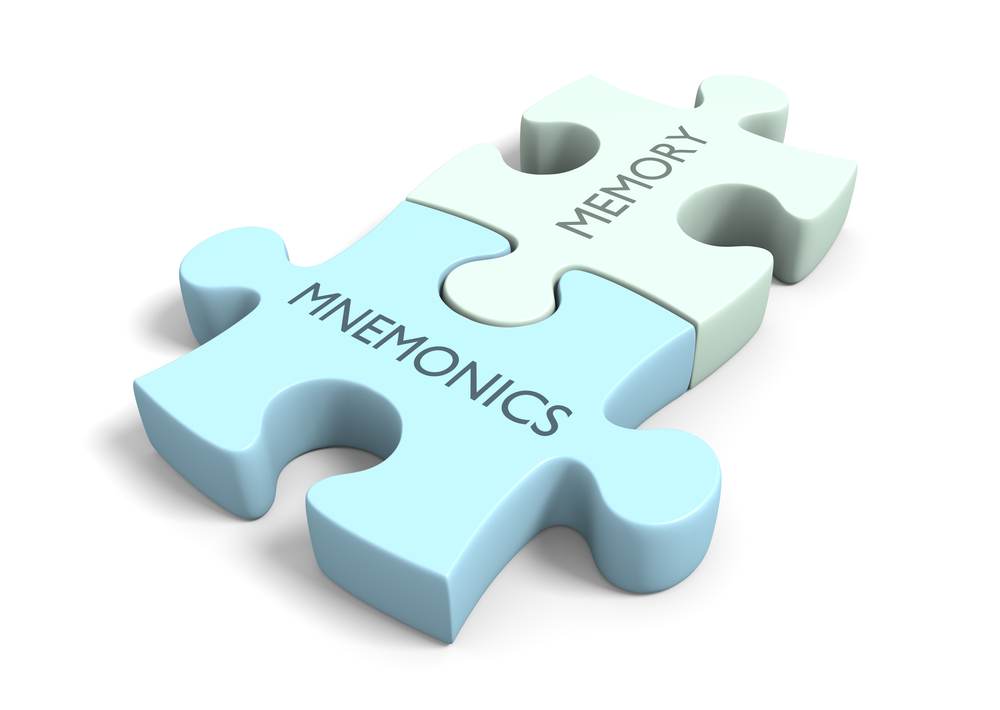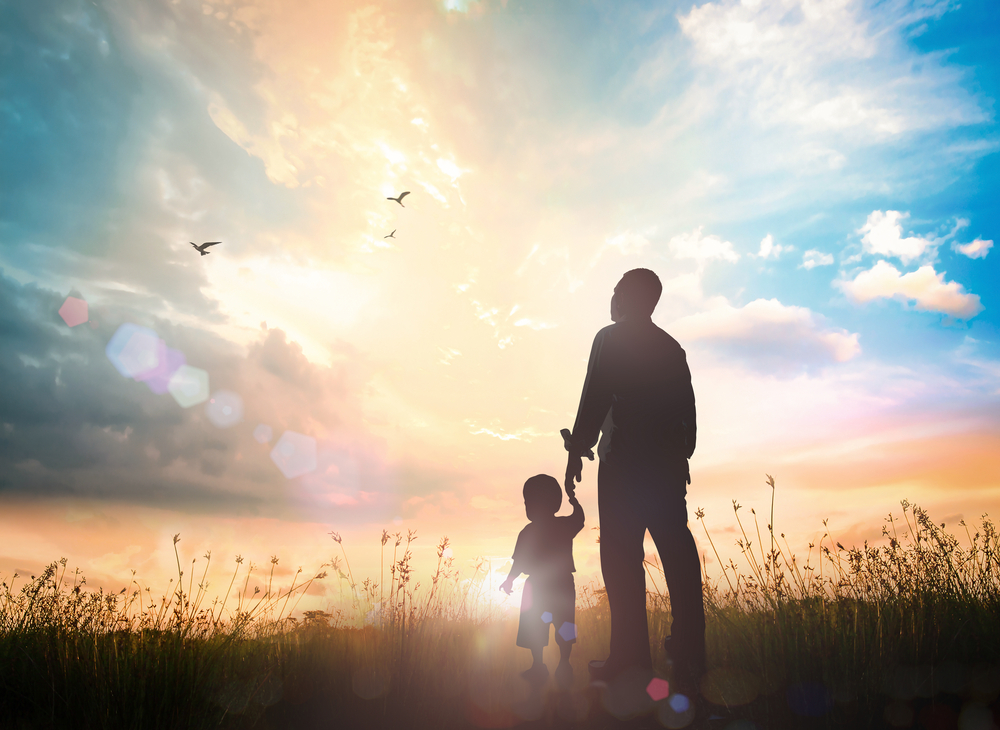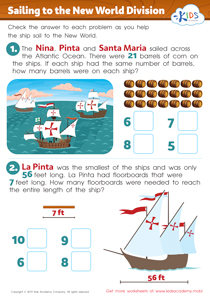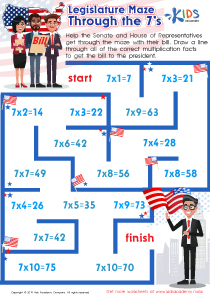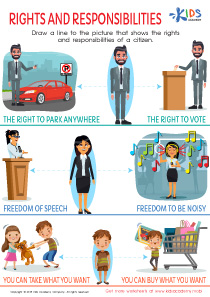Map reading Normal Social Studies Worksheets for Ages 4-9
3 filtered results
-
From - To
Unlock the world of exploration with our engaging Map Reading Normal Social Studies Worksheets, specially designed for children aged 4 to 9! These worksheets provide young learners with essential skills for understanding maps, geographical concepts, and spatial awareness. Activities include identifying symbols, interpreting directions, and using simple map keys, fostering critical thinking and problem-solving skills. Ideal for both classrooms and home learning, our resources are crafted to spark curiosity about the world around us. Encourage your child’s love for geography and enhance their learning experience with these fun, interactive worksheets that make map reading an exciting adventure!
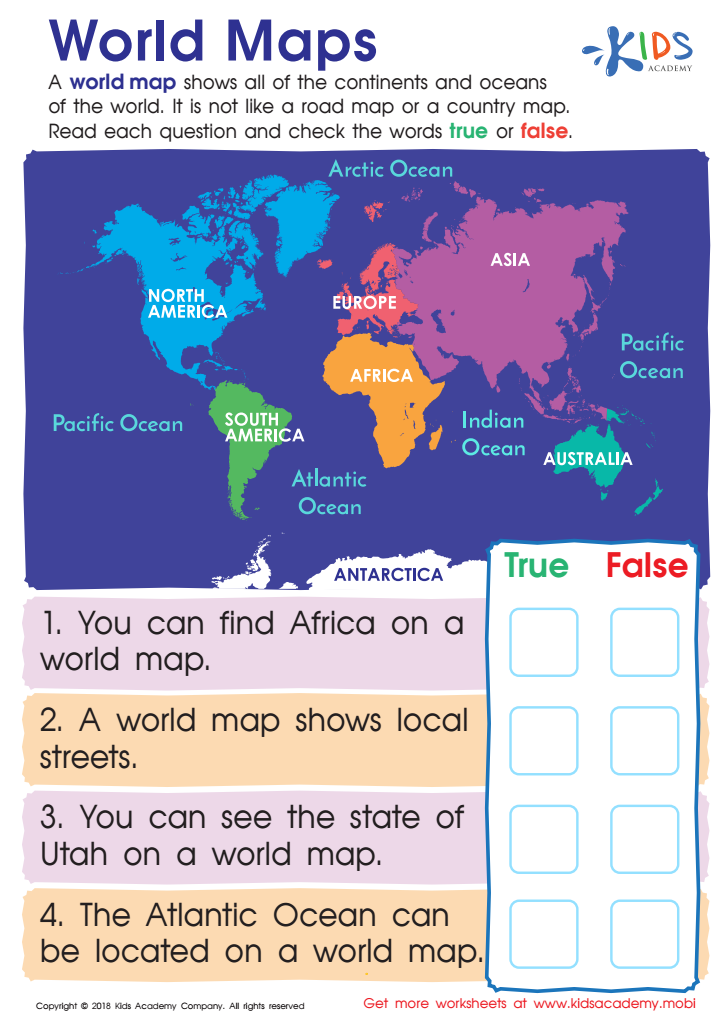

World Maps Worksheet
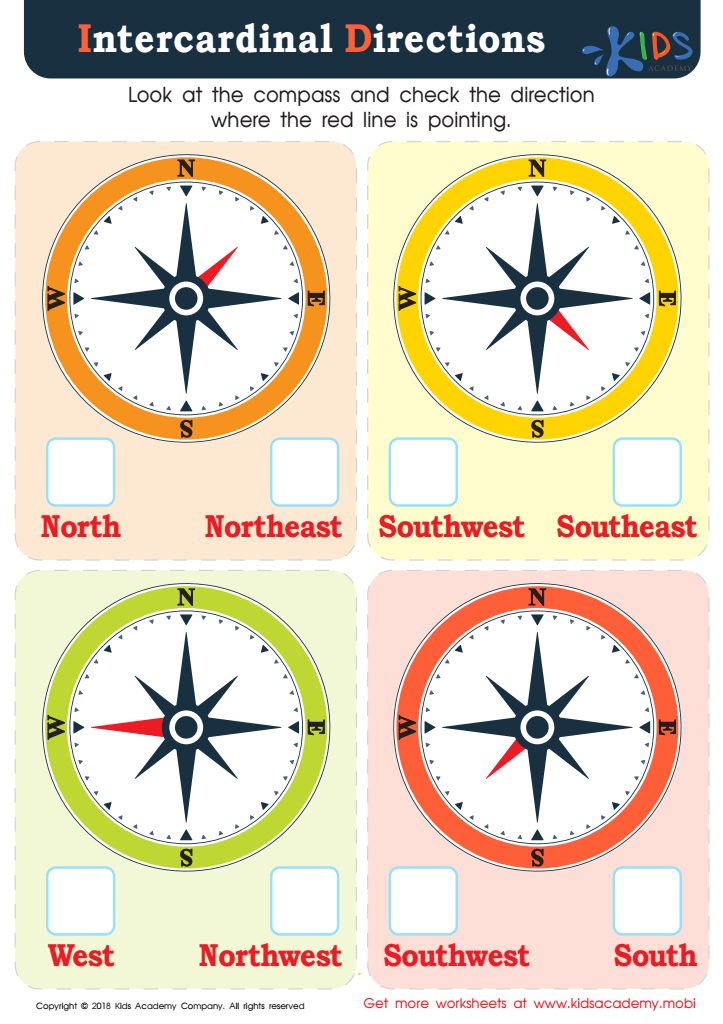

Intercardinal Directions Worksheet
Map reading is a fundamental skill that offers young children a roadmap to understanding their world. For parents and teachers of children aged 4-9, fostering map-reading abilities is essential for several reasons. First, it enhances spatial awareness, allowing children to understand their place within their environment, fostering confidence in navigation and exploration. This skill connects seamlessly with everyday experiences, such as following directions, finding locations, and understanding relative distances.
Second, map reading enhances critical thinking and problem-solving skills. Children learn to interpret symbols, scale, and legends, engaging them in thoughtful analysis and decision-making. These experiences stimulate cognitive development, encouraging curiosity about geography and cultures.
Furthermore, incorporating map reading into social studies enriches students’ understanding of communities, history, and environment. Children begin to appreciate different places' significance, fostering empathy and multicultural awareness from an early age.
Supportive learning experiences that involve maps—through games, activities, or technology—make learning fun and interactive, strengthening parent-teacher collaboration. Ultimately, map reading empowers young minds, creating informed citizens who can navigate their physical and cultural worlds more effectively, setting a foundation for lifelong learning and exploration.
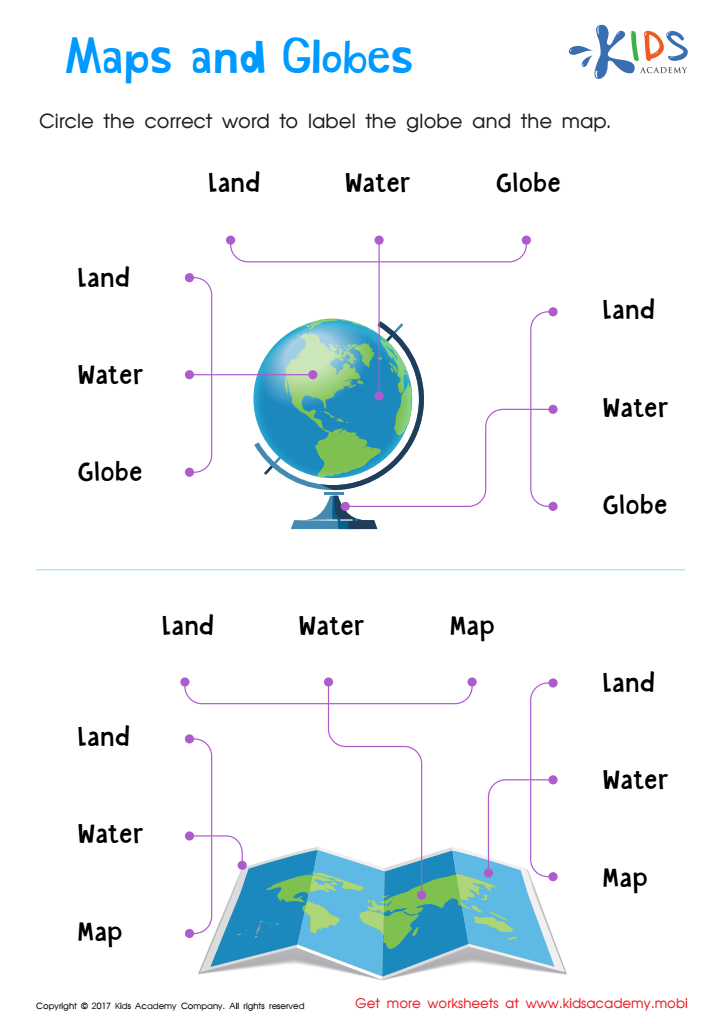
 Assign to My Students
Assign to My Students


